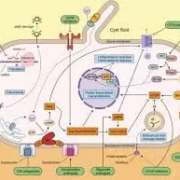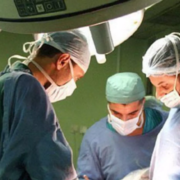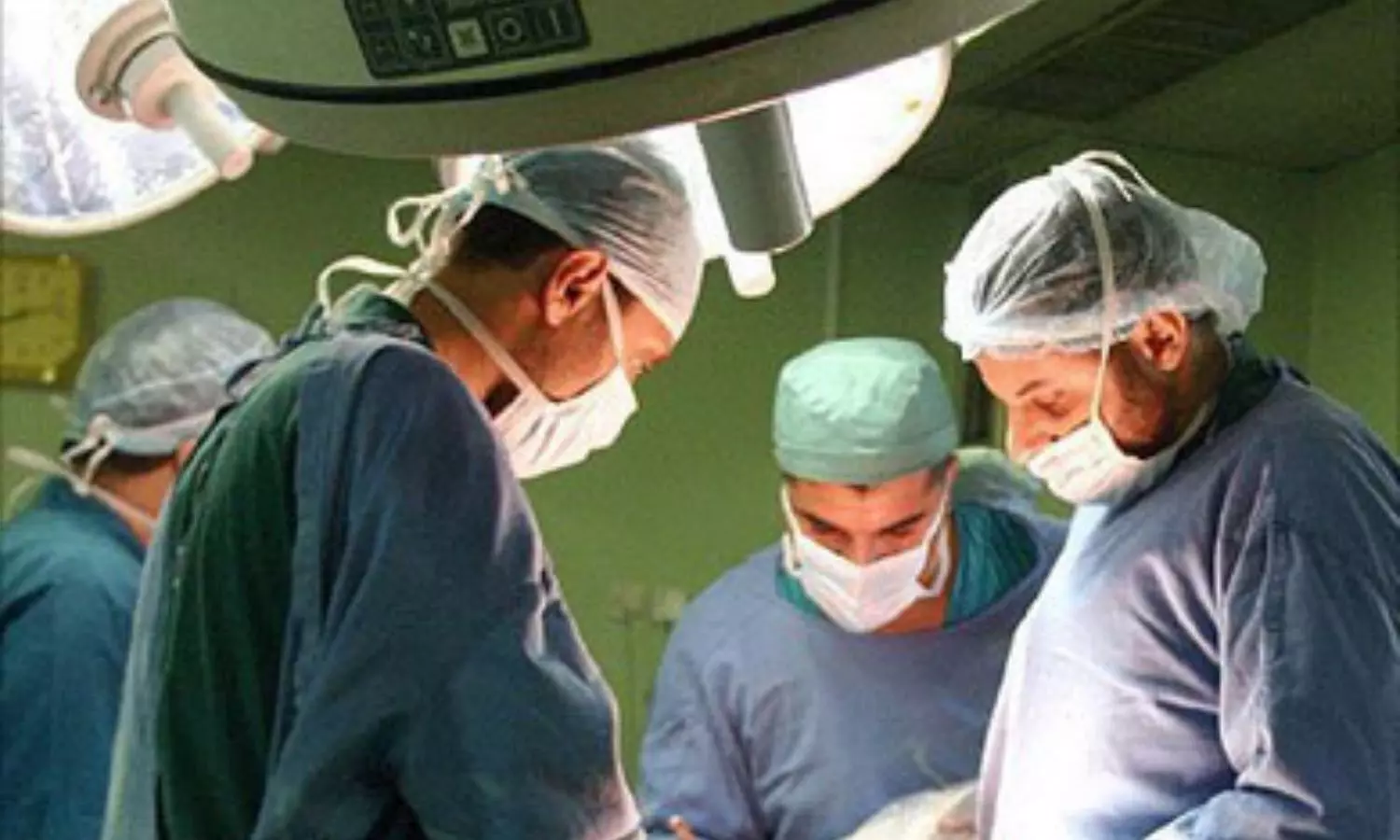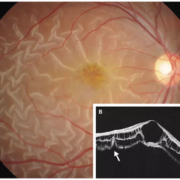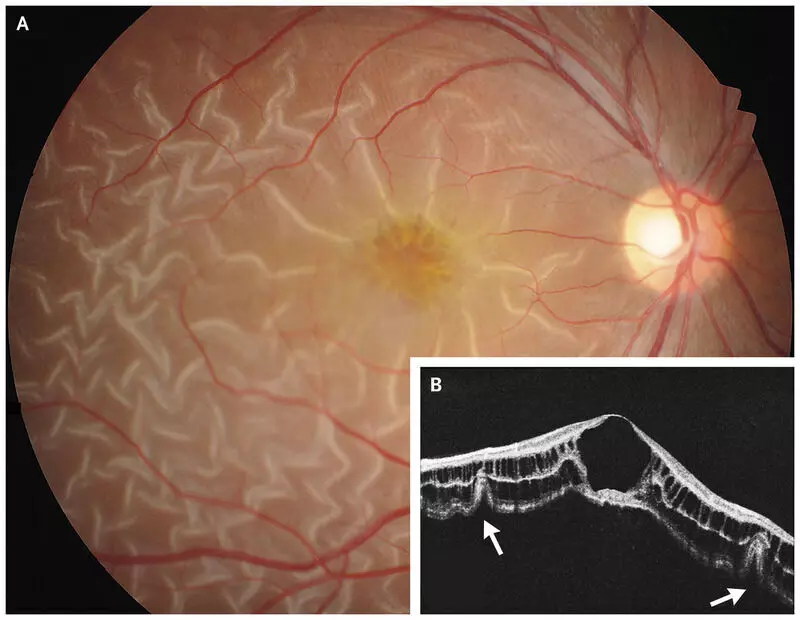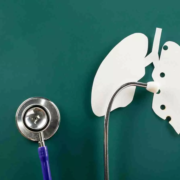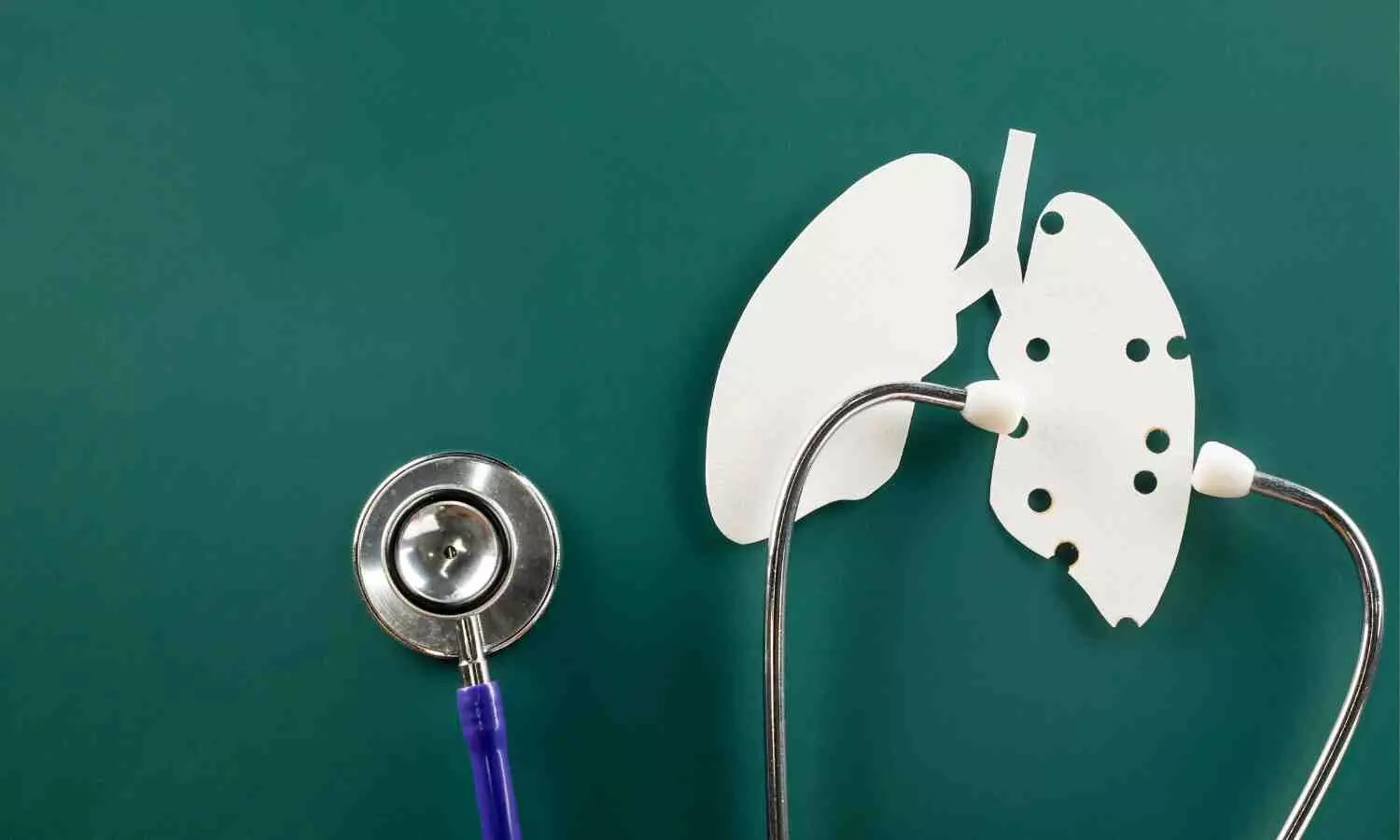
Ahmedabad: Days after an orthopaedic resident doctor accused an associate professor of mentally harassing him, another orthopaedic resident from the 2022 batch at BJ Medical College associated with Ahmedabad Civil Hospital has come forward with serious ragging allegations against two senior doctors of the same department and filed a complaint against them with the NMC.
In a two-page long complaint letter addressed to the Anti-Ragging Committee of the National Medical Commission (NMC), the first-year orthopaedic resident doctor alleged that he had not attended college for the past year due to being ‘physically, mentally, and financially harassed’ by the seniors. The doctor alleged that he was also slapped, kicked, punched and received death threats from the seniors.
The complainant, in the letter, accused the seniors of physically assaulting him, claiming that he was beaten in the female orthopaedic ward and the operating theatre. He stated that the seniors beat him in front of patients, used abusive language, and called him derogatory names which forced him to leave the college and his studies. He alleged that he returned to his home in Madhya Pradesh after being unable to bear the ragging, torture and harassment.
Also read- MBBS Student Undergoes Dialysis 4 Times After Being Forced To Do More Than 300 Situps, 7 Medicos Booked For Ragging
Taking cognizance of the matter, the National Medical Commission (NMC) has demanded a response from BJMC within 24 hours, as reported by TOI.
The two accused seniors, in this case, are both from the orthopaedic department of BJMC.
The victim in his first-year residency was originally meant to be in his second year, just like the second-year resident doctor who had accused the orthopaedic department’s associate professor of mental harassment. However, due to being away from the college for a year because of ragging, he has been held back in his first year.
“I have not attended college for the past year because I was harassed physically, mentally, and financially there. When I initially joined, senior Dr *** slapped me 8-10 times and punched and kicked me on my back in the female orthopaedic ward. Even before that, they used to beat me in the operation theatre, saying, “Leave, or you will die here. At that time, I left the college and went back home (Madhya Pradesh).” stated the doctor in the complaint letter shared on the popular social media platform ‘X’.
After returning home, he attempted to file a complaint but it was not officially recorded due to lack of evidence. Later, the college authorities asked him to rejoin which he did but the seniors again continued to rag and harass him.
“Senior Dr ** and Dr ** continued to harass me physically, mentally, and financially, threatening that they would not teach me anything and that I would have to work like a junior in front of my juniors. Sir, they caused severe mental harassment, which forced me to go back home, and I haven’t attended college for a year. In the ward, senior Dr *** and Dr *** used to beat me in front of patients, use abusive language, and call me derogatory names. Once, in an emergency O.T., Dr. *** (another doctor) threw my mobile away. Many times, in the emergency ward, seniors asked me to fight with patients, and upon my refusal, they threatened that I would die there. If anything went wrong, they would blame it on me and make me write an application admitting my fault. During my stay, I was not provided with any accommodation. The senior occupied the ward duty room, and we had to sleep on patient chairs. If seniors saw us, they would kick us to wake us up. If we ate in the room, they would scold us,” read the complaint.
The student alleged that he was also coerced into regularly spending significant amounts on snacks and food for the seniors. He claimed that he was forced to pay Rs 1500-2000 for snacks every Tuesday and Saturday in the OPD and Rs 2000-3000 for food during emergency days.
“If we didn’t have money, they would force us to arrange it from somewhere. We had to pay workers 12000-20000 INR monthly. Sometimes I had no money and had to ask my father, who often borrowed money to help me,” he stated in the complaint.
After facing financial difficulties, he asked the committee for assistance in being released from his college seat, as the seat leaving bond amounts to approximately Rs 25 lakhs.
“We worked hard to pass the NEET PG exam and took admission, but the environment there is such that if a student commits suicide, they would attribute it to depression. It would be distressing for the parents, but nothing would happen to them. Please help.” he adds.
Further, he stated “I am being forced to leave the seat, sir. If I commit suicide and cannot repay the 25 lakh debt, the responsible persons will be: Dr. ** and Dr. ***”
Medical Dialogues team on July 3 reported that accusing an associate professor in the Orthopaedic department, of continuous harassment, a second-year orthopaedic resident doctor at BJ Medical College filed an official complaint detailing serious allegations of harassment continuing for over a year, including the forced harassment of junior resident doctors.
After the medico expressed his intention to commit suicide in a letter due to the alleged toxic environment and torture he allegedly endured by his professor since the beginning of his PG studies, his distress became widely known over the weekend when senior students addressed the issue on the social media platform ‘X’ by sharing the letter written by him leading to a rapid spread of the message and support from other internet users.
In the letter, the doctor expressed his frustration regarding the alleged toxic work culture and torture from the professor that he had endured since he started his postgraduate studies. The student alleged that the harassment began while he was a first-year resident at the medical college hospital. He claimed he was constantly humiliated, blamed for various problems, forced to write self-incriminating letters, and treated as a ‘servant rather than a student.’
Further, he alleged that he was forced to engage in inappropriate behaviour with juniors and his colleagues and was humiliated in front of patients. Although he had apologised to them, the ongoing harassment since the beginning of his residency impacted his mental state making him feel ‘helpless’.
IMA calls for action
Highlighting the harassment incidents of the two postgraduate resident doctors at the BJ Medical College, the Indian Medical Association Junior Doctor’s Network has urged the college authorities to take action by conducting a thorough investigation into the case.
Addressing the dean of BJMC, the IMA wrote in their letter on July 5 “IMA Junior Doctors Network is writing this letter to bring to your attention a matter of concern regarding the mistreatment of two postgraduate residents in the orthopaedic department at B.J. Medical College, Ahmedabad. Dr Singh has reported instances of mental, financial and physical harassment by the seniors of his department. Such treatment have hampered their professional growth and forced them to leave the residency.”
Calling for action, IMA asked the dean to take measures to ensure a safe and supportive working environment for the postgraduate residents.
Also read- BJ Medical College Orthopaedics Resident Alleges Harassment By Associate Professor, Files Complaint



